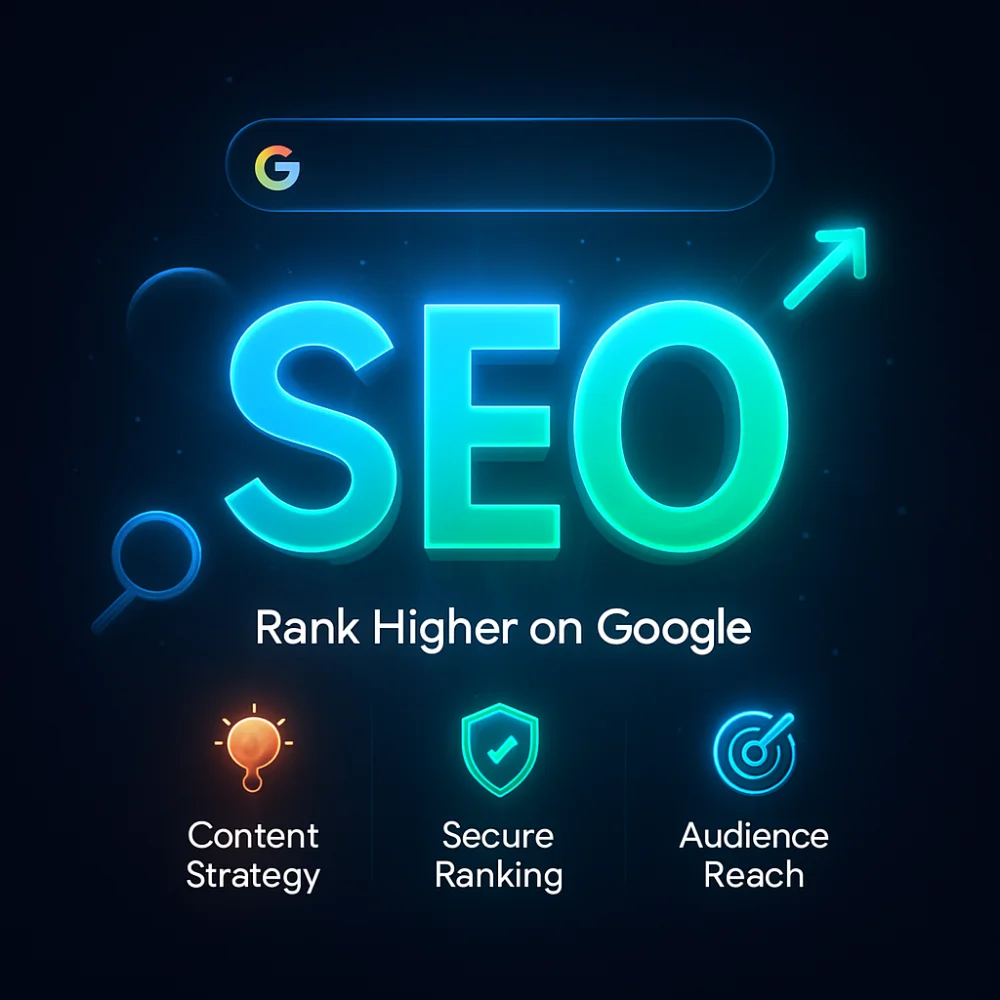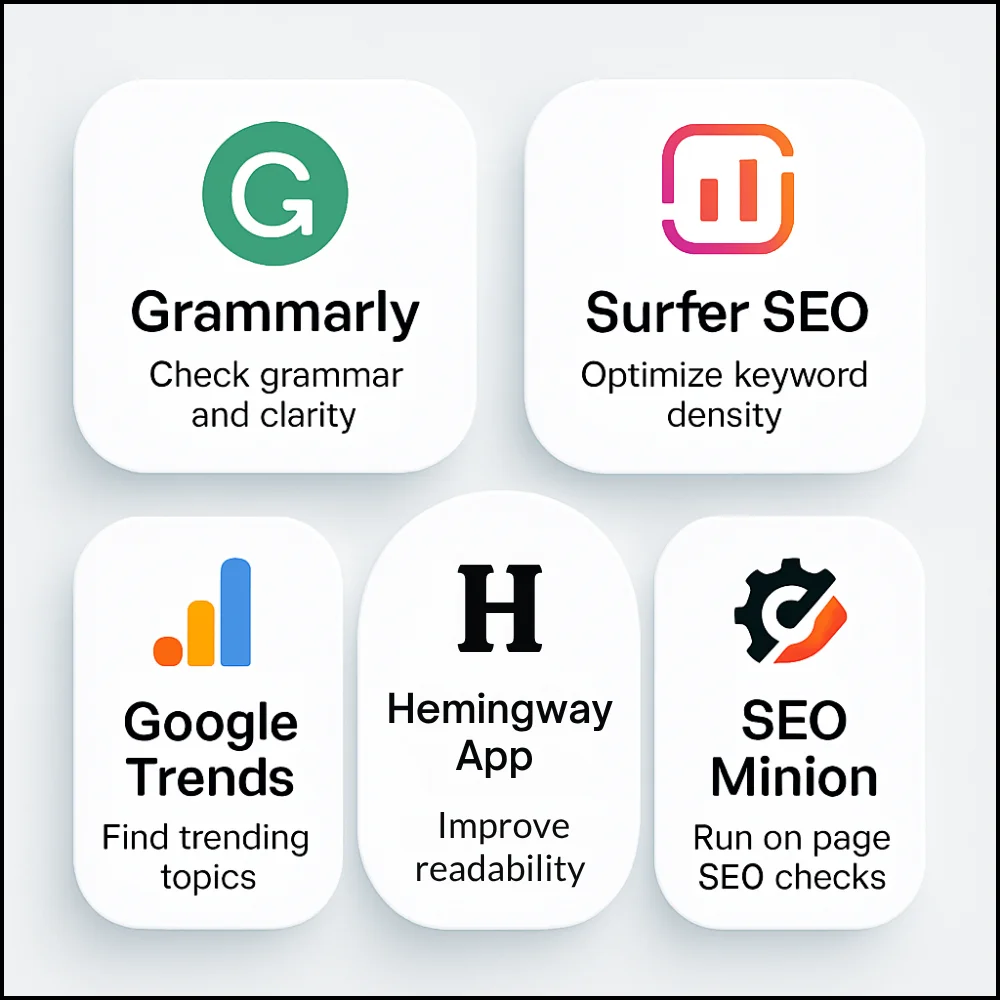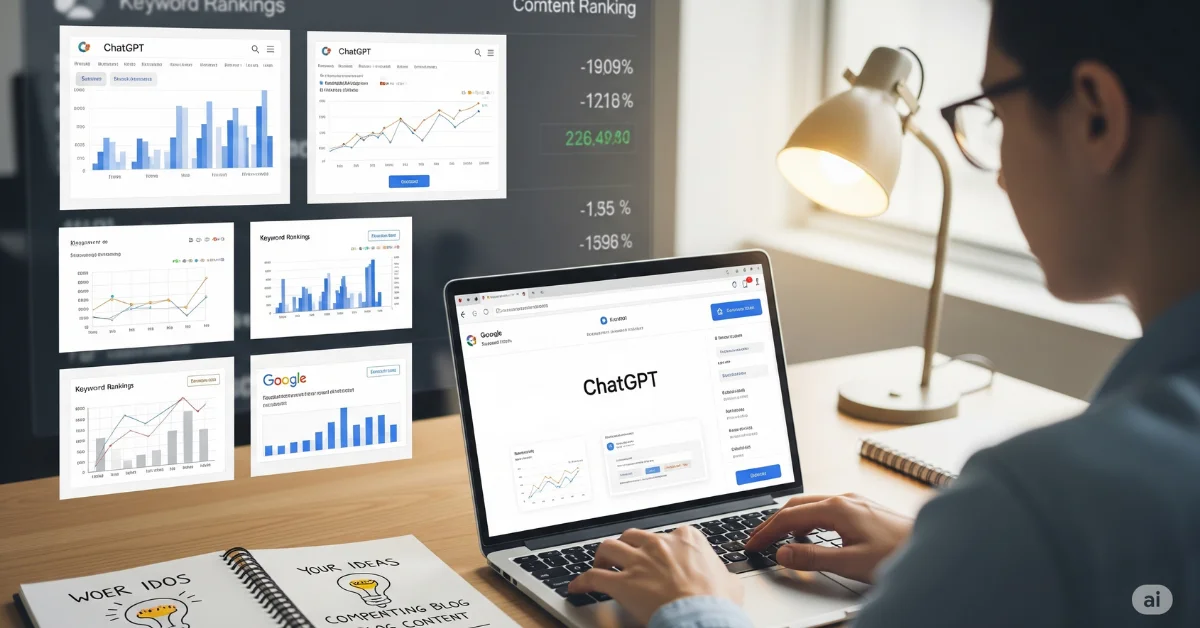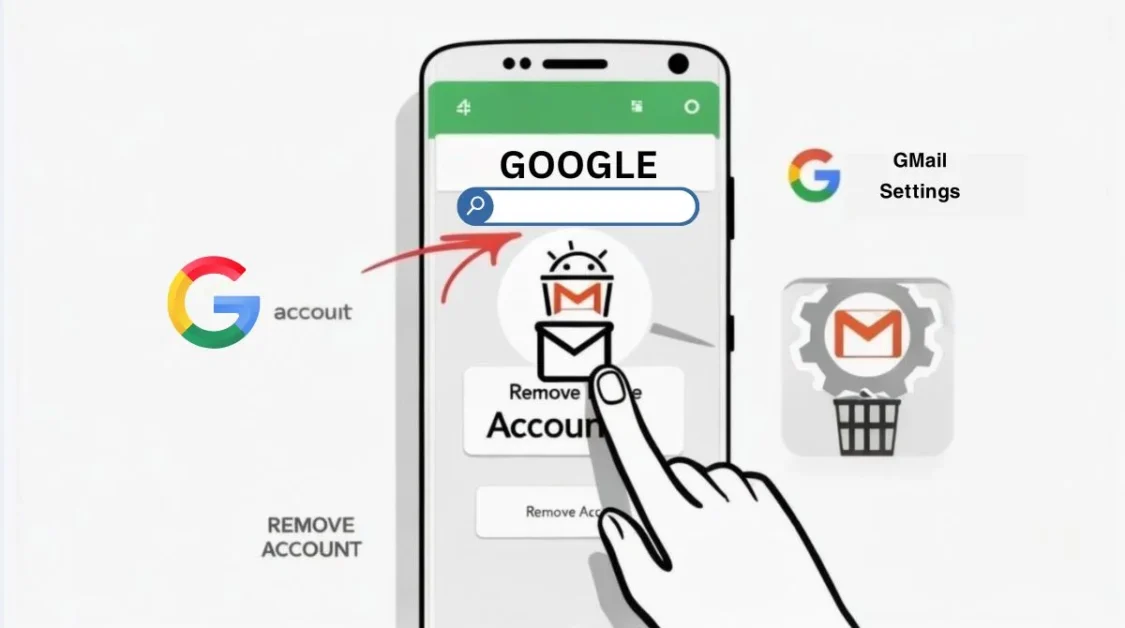In the digital world today, being seen on Google is one of the best ways to grow your website or business. But getting your content on the first page isn’t always easy. You need great writing, smart keywords, and helpful information that people actually want to read. At this point, ChatGPT proves to be an incredibly useful assistant, helping streamline your content efforts and boost SEO performance.It helps you write better, work faster, and improve your SEO without needing to be an expert.
What is ChatGPT?
ChatGPT is an advanced AI writing tool created by OpenAI. It can understand your instructions and give back human-like responses. From writing blog posts to creating headlines or doing research, ChatGPT can help with many tasks. It saves time and lets you focus more on growing your content or business.
Why SEO Matters for Google Ranking?

SEO, or Search Engine Optimization, is what helps your content show up when someone searches for a topic on Google. When your pages are optimized for SEO, they rank higher, which brings more clicks and visitors to your website.
Here’s why SEO is so important:
- It drives free traffic to your site.
- It builds trust and credibility.
- Higher ranking means more visibility.
- You can reach the right audience without paying for ads.
How ChatGPT Helps With SEO?
ChatGPT can support SEO in multiple ways. Below are some of the main tasks it can help with:
1.Keyword Research Support
Although ChatGPT isn’t a traditional keyword research tool, it can still assist by:
- Suggest keyword ideas based on your topic.
- Provide long-tail keyword variations.
- Group keywords into relevant categories.
Example:
Ask: “Give me long-tail keywords for fitness blog”
ChatGPT might respond with:
- Home workout plans for beginners
- Best bodyweight exercises for fat loss
- 30-minute workout routine without equipment
You can then use these suggestions in combination with SEO tools like Google Keyword Planner or Ubersuggest.
2.Generate Blog Post Ideas
Coming up with new blog post topics can be tough. ChatGPT can:
- Give topic ideas related to your niche.
- Suggest content types (listicles, how-tos, case studies).
- Help repurpose old content into new formats.
Prompt Example:
“Suggest some blog post ideas for a website focused on digital marketing”
Response might include:
- 10 Social Media Mistakes Businesses Make
- How to Build an Email List from Scratch
- Understanding the Sales Funnel: What It Is and Why It’s Important?
- Write SEO-Friendly Blog Posts
This is where ChatGPT really shines. You can give it a topic and some key points, and it will write a full blog post that:
- Has clear headings (H1, H2, H3)
- Uses your target keywords naturally
- Is easy to read and understand
Tips:
- Use simple prompts like: “Write a 1500-word blog post on eco-friendly living”
- Give ChatGPT your focus keyword: “Include the keyword ‘sustainable living tips’ 5 times”
- Ask it to follow formatting: “Add bullet points and short paragraphs”
4. Write Meta Titles and Descriptions
Meta titles and descriptions are what show up on Google’s search results. They are important for SEO and click-through rate (CTR). ChatGPT can write:
- Catchy meta titles
- Descriptions within the character limit
- Different versions for A/B testing
Prompt Example:
“Write a meta description for a blog post about remote working tips”
Possible Output:
“Discover simple and effective remote working tips to stay productive, manage your time, and avoid distractions while working from home.”
5. Create SEO Content for Product Pages
E-commerce and service websites need strong product descriptions that:
- Use relevant keywords
- Highlight features and benefits
- Are easy to skim
Prompt:
“Write an SEO-friendly product description for a stainless steel water bottle”
ChatGPT Might Write:
“Stay hydrated with our durable stainless steel water bottle. Keeps drinks cold for 24 hours and hot for 12 hours. Perfect for gym, office, or travel.”
6. Improve Existing Content
You can use ChatGPT to update or rewrite your old articles to improve their SEO value. Just copy your existing content and ask:
- “Rewrite this to include the keyword ‘best budgeting apps’”
- “Make this paragraph more engaging”
- “Shorten this section while keeping the meaning”
- It helps refresh old pages so they rank better and keep users interested.
7. Build FAQ Sections
FAQ (Frequently Asked Questions) sections boost SEO by targeting question-based keywords. They’re also helpful for voice search optimization.
Prompt:
“Give me FAQs about meal planning apps”
Sample Output:
- What is the best free meal planning app?
- Can meal planning apps help with weight loss?
- How do I create a weekly meal plan using an app?
8. Generate Schema Markup for SEO
Schema markup helps search engines better understand your content. ChatGPT can help you write simple structured data like:
- Article schema
- FAQ schema
- Product schema
Prompt Example:
“Create FAQ schema JSON for three questions about digital marketing”
ChatGPT can generate the correct JSON-LD code for you to paste into your site’s HTML.
9. Write Engaging Headlines
Headlines matter. They grab attention and improve CTR. ChatGPT can give you:
- Multiple headline variations
- Emotional or curiosity-driven options
- SEO-rich titles
Prompt Example:
“Give me 10 catchy headlines for a blog on healthy breakfasts”
Output Sample:
- 7 Fast and Healthy Breakfast Options for Busy Mornings
- Start Your Day Right: Top Breakfasts for Energy
- Healthy Doesn’t Have to Be Boring: Breakfast Edition
10. Outline Full Content Strategies
If you need a long-term plan, ChatGPT can help map out a content calendar by:
- Suggesting weekly blog topics
- Matching keywords with topics
- Balancing different types of content (how-to, listicle, guide, etc.)
Prompt Example:
“Create a 1-month blog calendar for a parenting blog focused on toddlers”
11. Social Media and Snippets
After finishing your content, the next step is to share it with your audience:
- Twitter summaries
- LinkedIn posts
- Instagram captions with hashtags
- Prompt Example: “Write a Twitter post for my new blog on beginner SEO tips”
- Response Example: “New to SEO? Check out our beginner’s guide packed with simple tips to boost your Google rankings fast! #SEO #Blogging #DigitalMarketing”
12. Fix Grammar and Readability Issues
Google favors well-written and readable content. You can paste your draft into ChatGPT and ask:
- “Fix grammar errors”
- “Make this easier to understand”
- “Make the tone friendly and clear”
13. Translation and Localization
Want to target global audiences? ChatGPT supports many languages. You can:
- Translate blog posts
- Adjust tone for different cultures
- Rewrite content for specific countries
14. Avoiding Duplicate Content
While AI helps write fast, it’s important to:
- Edit the output before publishing
- Add your own voice and examples
- Use plagiarism checkers to stay original
15. Bonus: Write Outreach Emails for Backlinks
Building backlinks is key for SEO. ChatGPT can help you write outreach messages to:
- Website owners
- Bloggers
- Influencers
Prompt Example:
“Write a polite email to request a guest post on a tech blog”
Best Practices When Using ChatGPT for SEO
To get the most from ChatGPT:
- Combine it with real SEO tools like Ahrefs, SEMrush, or Ubersuggest.
- Always fact-check the output.
- Use your own voice and personalize content.
- Keep refining your prompts for better results.
Tools You Can Use Alongside ChatGPT

- Grammarly: To check grammar and clarity
- Surfer SEO: For optimizing content length and keyword density
- Hemingway App: For improving readability
- Google Trends: To see what topics are trending
- SEO Minion: For on-page SEO checks
Final Thoughts
ChatGPT is a helpful assistant for anyone wanting to grow their site’s SEO. It simplifies the content creation process, allowing you to work more quickly and efficiently. While it’s not a full replacement for real strategy or tools, it’s a smart way to save time, get more done, and rank better on Google especially if you use it with care and creativity.



